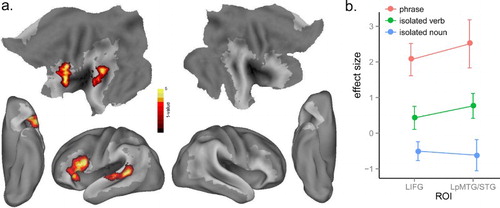Figures & data
Figure 1. Relative frequency distribution across subcategorization frames (SCFs) for a low entropy verb (“replace”) and a high entropy verb (“argue”). SCF codes refer to the subcategorisation frame classification scheme used in VALEX (Korhonen et al., Citation2006). “Replace” occurs with just two frames over 98% of the time; with the NP complement frame (SCF 24, e.g. “He replaced the door”) and with the NP-PP frame (SCF 49, e.g. “He replaced the gold with silver”). “Argue” has high entropy because it occurs with many different frames; as well as the NP and NP-PP frames it also occurs with the intransitive frame (SCF 22; “They argued”), the sentential complement frame (SCF 104; “He argued that it was wrong”), the PP frame (SCF 87, “He argued with me”), and so on.
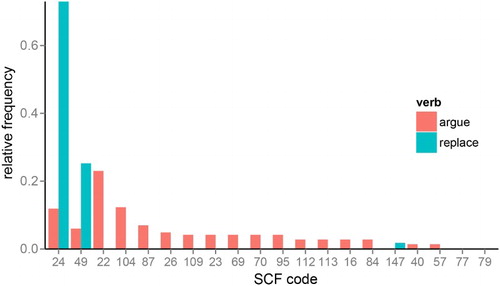
Figure 2. (a) Significant activation for the contrast of word phrases minus isolated words at p < .005, voxel-level uncorrected, and p < .05, cluster-level corrected. Shaded areas indicate the extent of the language mask. (b) Plot of the mean activation of isolated words and phrases conditions in the significant clusters of (a). Error bars are standard error across subjects.
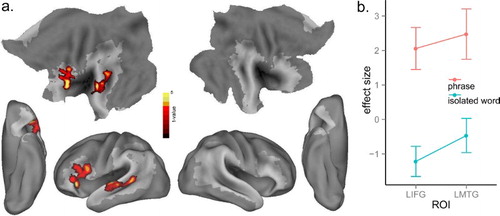
Table 1. Areas of activity for phrasal syntactic effect, cohort competition effect in isolated words, and entropy effect in verb phrases.
Figure 3. (a) Significant activation for the effect of cohort competition in isolated words at p < .005, voxel-level uncorrected, and p < .05, cluster-level corrected (b) Significant interaction effect for cohort competition × stimulus type (isolated words vs. phrases) (c) Plot of the cohort competition effect in the LIFG and RIFG ROIs from Bozic et al. (Citation2010) across isolated words and phrases.
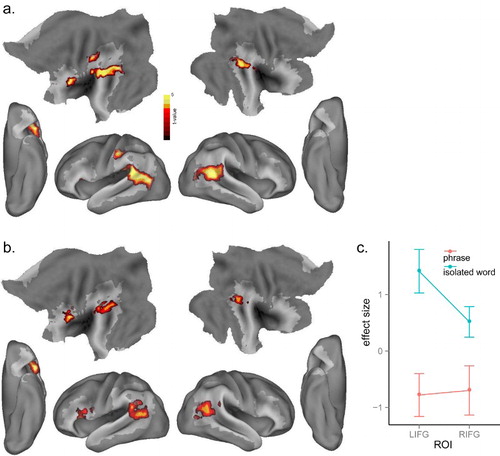
Figure 4. (a) Significant activation for the effect of syntactic competition (entropy) in verb phrases at p < .005, voxel-level uncorrected, and p < .05, cluster-level corrected. (b) Plot of the syntactic competition effect in the LIFG and RIFG ROIs from Bozic et al. (Citation2010) across isolated verbs and phrases.
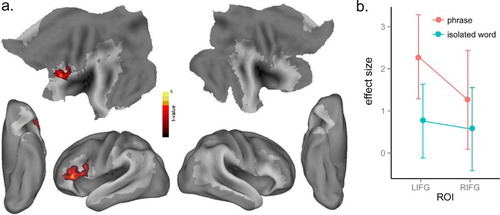
Figure 5. (a) Significant activation for a linear correlation from isolated nouns to isolated verbs and verb phrases at p < .005, voxel-level uncorrected, and p < .05, cluster-level corrected. (b) Plot of mean activation of each condition in the significant clusters in (a).
